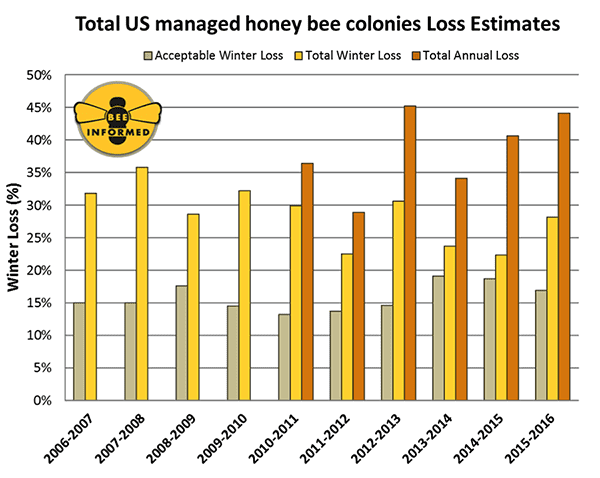.
This text outght be here, but I wrote it into native bee stall.
One thing more about those Russian bees
IT is said that Russian bee had small winter clusters. Usual size is 4 frames.
That kind of colony is Impossible in Finland, because it does not grow so fast that it could get yield in our 6 weeks flow period. .
.Russian bee has a habit. When mite load rises over certain level, it draws all brood away from hive. When mites accumulate in autumn into last brood, bees kill all brood, which ought to be winter bees.
If I want a good yield from raspberry, i must have one box of brood after 2 weeks when willow starts to bloom. 4 frame colony cannot make 8 frames brood. It takes one month, that it grows to one box size. When Russian bee has one box bees, raspberry already starts blooming.
Now, in UK conditions this is more important. Do you get yield from winter rape, if winter cluster is 4 frames?
.
And when the colony starts with 4 frames, how much it has at the end of winter. 2-3 frames.
.






















































